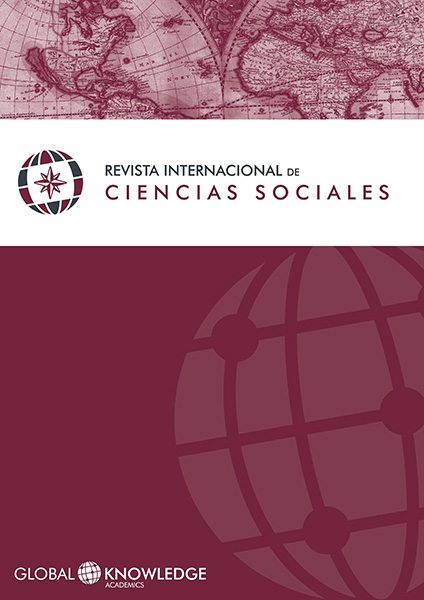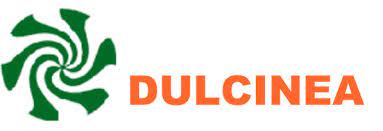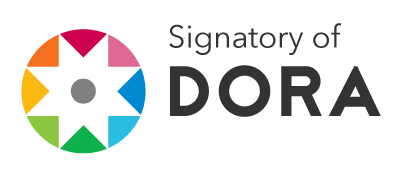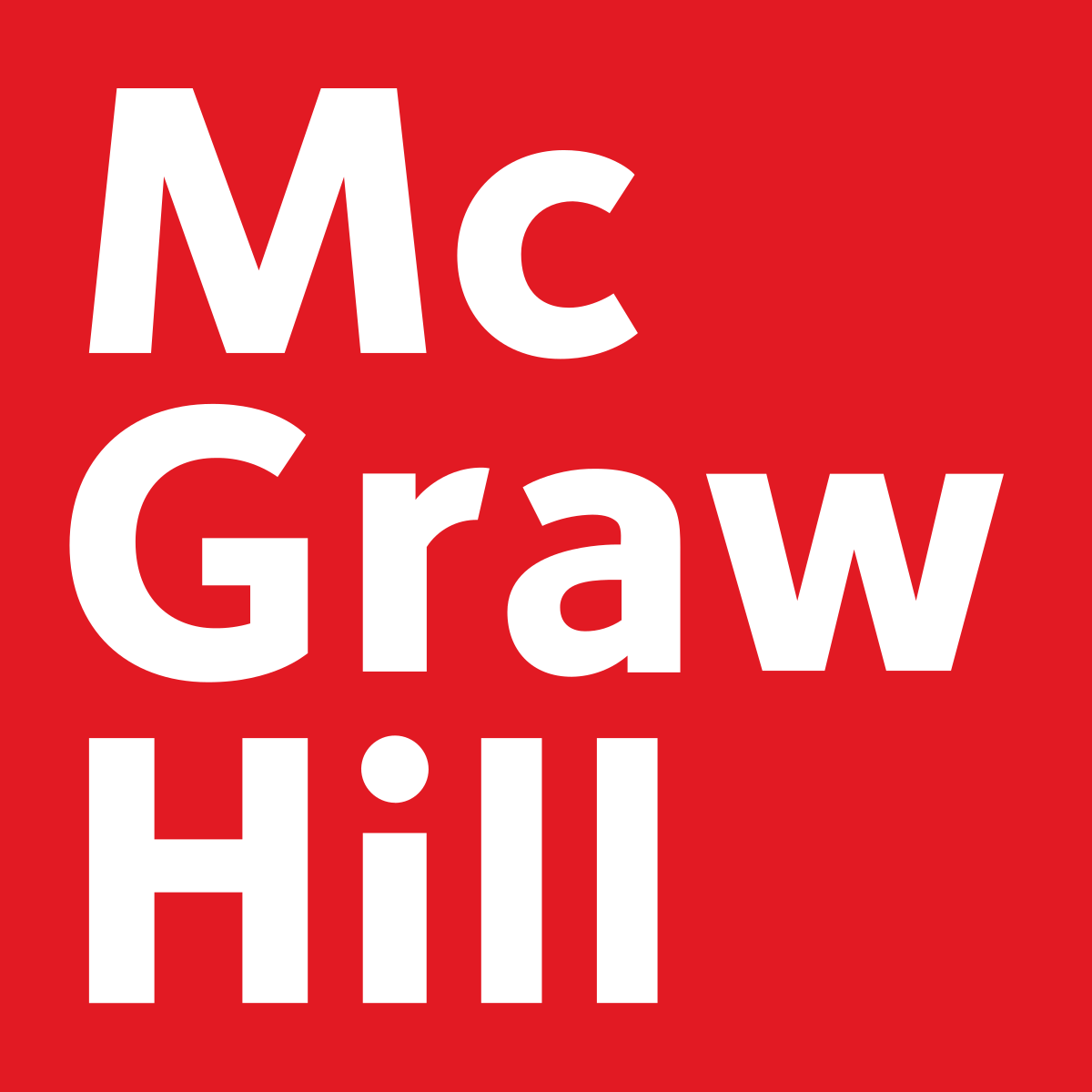Participation, Impact and Representation of Women in Film Animation
DOI:
https://doi.org/10.37467/gka-revsocial.v1.1215Keywords:
Female Artists, Animation Films, Gender in Films, Animated Short FilmsAbstract
The presence of women in animation films implicates three related issues. First, the artistic one, which shows a group of influential female authors within animation, from pioneers to the most relevant modern artists. Though the first decades of the 20th century cast important names such as Lotte Reiniger or Faith Hubley, the presence of women in this artistic environment was a minority circumstance, made worse by the difficulties for financing and market competition. Secondly, and besides of this minority presence, it is most interesting the success and repercussion gained by their works through festivals, prizes and publications. Between the most respected authors nowadays we can mention Joanna Quinn, Joan Gratz, Erika Russell or Caroline Leaf, all of them artists who use commercial work to help them to continue with their more artistic pieces. In spite of all the efforts to keep their presence within animation film, we can point here the main difference with the presence of male authors in this industry. Being the cause the financing chances or the posibility of a shorter process, women take part more easily in short animation films than in full-length films. Lastly, our third approach deals with the election of gender issues for their film plots. Faith Hubley's W.O.W. (Women of the World), Petra Freeman's Jumping Joan or Regina Pessoa's Tragic Story with Happy Ending chose this commitment. The whole perspective is often joined to an institutional effort, as is the case of Women in Animation, a professional organization promoting women's roles in animation and individual expression.
Downloads
Global Statistics ℹ️
|
726
Views
|
1143
Downloads
|
|
1869
Total
|
|
References
Anima Mundi y Julius Wiedermann, eds. Animation Now! Colonia: Taschen, 2007.
Bendazzi, Giannalberto. Cartoons. 110 años de cine de animación. Madrid: Ocho y Medio, 2003.
Bendazzi, Giannalberto. Quirino Cristiani, The Untold Story of Argentina’s Pioneer’s Animator. http:// www.awn.com
British Film Institute. John Halas and Joy Batchelor. http://www.screeenonline.org.uk
Center for Visual Music. Mary Ellen Bute.http://www.centerforvisualmusic.org
Dally, Ann. Inventing Motherhood. The Consequences of an Ideal. London: Burnett, 1982.
De Miguel, Casilda; Elena Olabarri y Leire Ituarte. La identidad de género en la Imagen fílmica. Bilbao: Servicio Editorial de la Universidad del País Vasco, 2004.
Kaplan, Ann. Las mujeres y el cine. A ambos lados de la cámara. Madrid: Cátedra, 1998.
Kuhn Anette. Cine de mujeres. Feminismo y cine. Madrid: Cátedra, 1991.
Lingford, Ruth. Women ’ s Animation. British Film Insitute. http://www.screenonline.org.uk/film
Moritz, William. Mary Ellen Bute. Seeing Sound. http://www.awn.com
National Film Board of Canada. Evelyn Lambart. http://www.onf-nfb.gc.ca
Orenstein, Catherine. Caperucita al desnudo. Barcelona: Ares y Mares, 2003.
PBS. Independent Spirits: The Faith and John Hubley Story. http:// www.pbs.org
Sonlleva, Rita, ed (1987). Dossier Lotte Reininger. Madrid: Dicrefilm, S.A.
Wells, Paul; Joanna Quinn y Les Mills. Dibujo para animación, Barcelona: Blume, 2010.
Downloads
Published
How to Cite
Issue
Section
License
Those authors who publish in this journal accept the following terms:
-
Authors retain copyright.
-
Authors transfer to the journal the right of first publication. The journal also owns the publishing rights.
-
All published contents are governed by an Attribution-NoDerivatives 4.0 International License.
Access the informative version and legal text of the license. By virtue of this, third parties are allowed to use what is published as long as they mention the authorship of the work and the first publication in this journal. If you transform the material, you may not distribute the modified work. -
Authors may make other independent and additional contractual arrangements for non-exclusive distribution of the version of the article published in this journal (e.g., inclusion in an institutional repository or publication in a book) as long as they clearly indicate that the work was first published in this journal.
- Authors are allowed and recommended to publish their work on the Internet (for example on institutional and personal websites), following the publication of, and referencing the journal, as this could lead to constructive exchanges and a more extensive and quick circulation of published works (see The Effect of Open Access).













